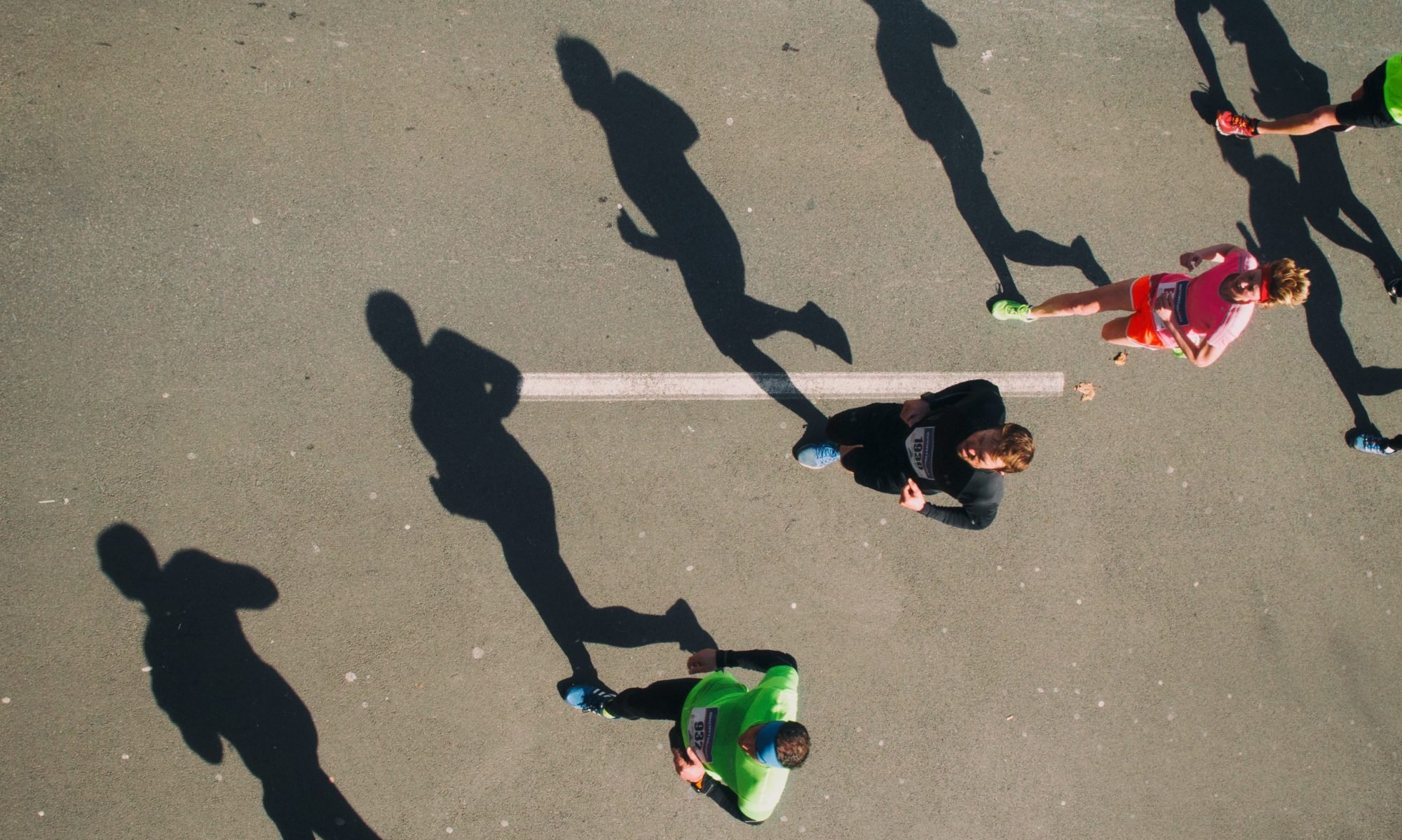
| Wearable devices have the potential to significantly improve elder care by providing caregivers and family members with real-time information on the health and well-being of older adults. Here are some examples of how wearable devices can be used in elder care. | Fall detection: Many wearable devices, such as smartwatches and fitness trackers, have built-in sensors that can detect falls. This can be especially helpful for older adults who are at risk of falls and may need assistance. | Medication reminders: Wearable devices can be programmed to remind older adults to take their medications at the right time. This can be especially helpful for seniors who have complex medication regimens. | Monitoring vital signs: Wearable devices can track an older adult’s heart rate, blood pressure, and other vital signs, providing real-time information to caregivers and doctors. | GPS tracking: Wearable devices with GPS tracking can help family members keep track of older adults who may have dementia or who may wander off. | Socialization: Wearable devices can also be used to help older adults stay connected with friends and family members. For example, some smartwatches have built-in video chat capabilities, which can be helpful for seniors who live far away from their loved ones. |
Overall, wearable devices have the potential to greatly enhance elder care by providing caregivers and family members with real-time information and enabling older adults to live more independently. However, it’s important to note that these devices should not replace the care and attention provided by human caregivers, and should be used as a supplement to traditional care.
